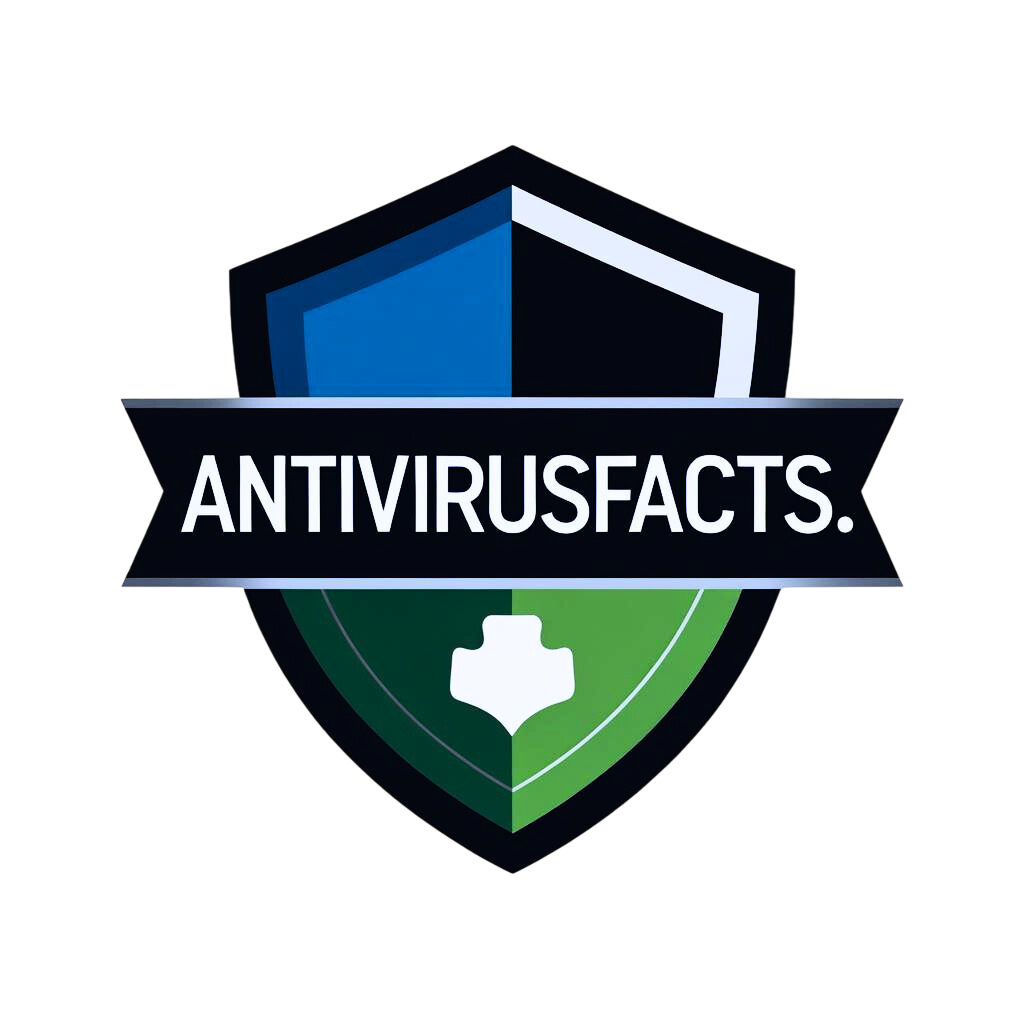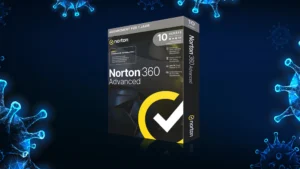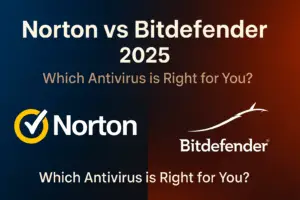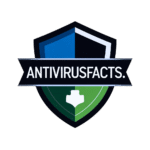Norton Customer Support: How to Avoid Scams and Contact Real Help in 2025
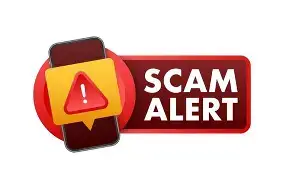
🧠 Introduction: Why You Must Be Cautious in 2025
Table of Contents
ToggleIn today’s digital world, cyber scams are becoming more advanced—and more dangerous. In 2025, a growing number of Norton users across the United States are being deceived by highly convincing scam websites, fake pop-up alerts, and impostor support agents who pretend to represent Norton. These scams are not just annoying—they’re designed to trick you into handing over your personal information, giving remote access to your computer, or making fraudulent payments for fake services.
What makes these scams especially dangerous is how believable they can seem. You might be browsing the web or looking for Norton’s customer service number when suddenly you see a pop-up claiming your device is infected. Or you may land on a website that looks exactly like Norton’s official page but is run by criminals. Once you call the number or click the link, you’re connected with a scammer trained to sound helpful, professional, and trustworthy.
The consequences? You could end up losing money, compromising your identity, or even allowing hackers to take full control of your system.
That’s why this guide is essential reading. Whether you’re trying to contact Norton customer support or simply want to stay protected, we’ll show you how to:
Identify fake Norton websites and phone numbers
Spot the red flags of tech support scams
Safely reach the official Norton support team
Take action if you’ve been targeted or scammed
By staying informed and cautious, you can avoid falling victim to these sophisticated scams and ensure that your personal information—and your peace of mind—remains safe.
Let’s get started.
⚠️ What Are Norton Tech Support Scams?
🛑 How Tech Support Scams Work
Tech support scams are designed to make you believe there’s something wrong with your device or your Norton product—when in reality, nothing is wrong. These scams prey on fear and urgency, using sneaky tactics to trick you into calling fake support numbers or giving up access to your computer.
🛑 How Tech Support Scams Trick You
Don’t fall for these common tactics used by scammers pretending to be Norton support:
| 🔍 Tactic | 💡 What It Looks Like |
|---|---|
| 🚨 Fake Pop-Ups & Alerts | Sudden pop-up messages claiming “Your Norton has expired!” or “Virus detected – call now!” |
| 🔎 Sponsored Ads Mimicking Norton | Paid ads on Google or Bing that lead to scam websites designed to look like Norton’s site |
| ☎️ Fake Toll-Free Numbers | Phone numbers that appear official but connect you to third-party scammers |
| 🖥️ Remote Access Requests | “Support agents” asking you to install tools like AnyDesk or TeamViewer to access your PC |
🔒 Remember:
Real Norton support will never pressure you, ask for remote access without verification, or charge unexpected fees.
Understanding these tactics is the first step in protecting yourself. Up next: how to tell what’s real and how to safely contact the official Norton support.
🛑 How Tech Support Scams Trick You: A Deeper Look
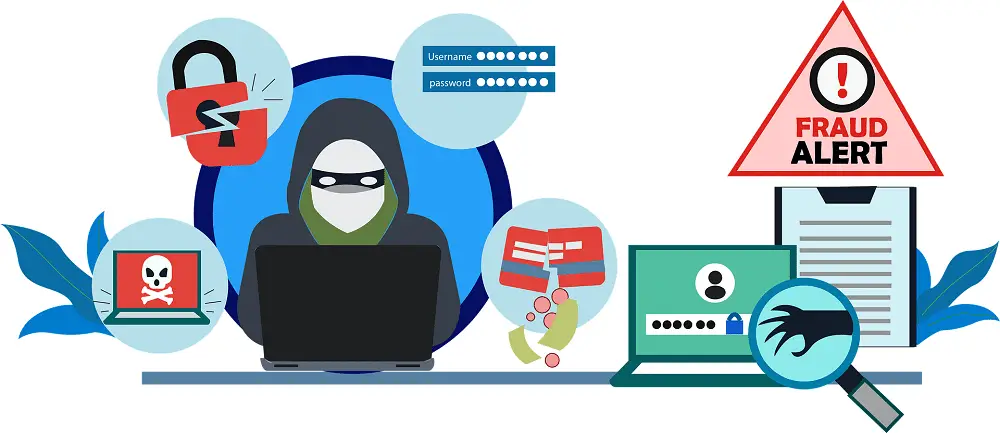
Tech support scams aren’t just pop-ups—they’re part of a sophisticated operation to steal money, sensitive data, or control of your device. Here’s how each method works in detail:
🚨 1. Fake Pop-Ups & Virus Alerts
How it works:
While browsing, you suddenly see a full-screen pop-up that claims:
“Your Norton subscription has expired!”
“Your PC is infected with 5 viruses!”
“System Alert! Call this number immediately to avoid data loss.”
These pop-ups often play warning sounds or lock your browser. They’re designed to create panic so you immediately call the number shown.
What scammers want:
Your credit card info (for a fake renewal)
Remote access to your PC
Personal or login details
How to spot it:
Real Norton alerts won’t appear in your browser when you’re not using the software.
Pop-ups that block your screen or demand urgent action are always suspicious.
Check the browser address bar—it usually shows a random or suspicious URL, not Norton’s domain.
🔎 2. Sponsored Ads That Mimic Norton
How it works:
Scammers create Google Ads that say “Official Norton Support” or “Renew Norton Now,” which appear at the top of search results. Clicking them takes you to a fake Norton lookalike site.
What scammers want:
To trick you into calling a fake number or entering payment info
To get you to download malware under the guise of “Norton support tools”
How to spot it:
Look at the domain carefully. Genuine Norton websites use
norton.comorlifeLock.comOfficial sites have HTTPS (secure lock icon), but some fake ones do too—so always double-check the domain spelling
Avoid clicking on ads when looking for customer support—go directly to Norton’s website or use their app
☎️ 3. Fake Toll-Free Numbers
How it works:
You search online for “Norton support number” and find what looks like a real helpline. But when you call, you’re connected to third-party scammers posing as Norton agents.
They sound professional and may ask you:
For your name and Norton product
To verify your computer status
To make a payment or subscription renewal
What scammers want:
Your credit/debit card information
To sell you fake software or fake “virus removal” services
To trick you into buying a fake Norton license
How to spot it:
Cross-check the number on Norton’s official website: https://support.norton.com— Official Norton Support Page
If the support person asks for payment before doing anything, hang up.
Legit Norton reps will never demand urgent payments or threaten account termination.
🖥️ 4. Remote Access Requests
How it works:
Scammers may ask you to install software like:
TeamViewer
AnyDesk
UltraViewer
Zoho Assist
They claim this is needed so they can “scan” or “clean” your PC.
What scammers want:
Full remote control to steal your files, install spyware, or lock your device
To install a fake tool and charge you to “remove” it later
How to spot it:
Norton tech support will only use remote access with your consent and after proper authentication
Never grant remote access unless you are 100% sure you’re dealing with a verified agent
✅ Tips to Stay Safe
Bookmark the official site: https://norton.com— Norton’s official website
Use the Norton app or dashboard to contact support from within
Never trust random search results or pop-ups
Report scams to Norton and the FTC
📱 Official Norton Support Number (USA)
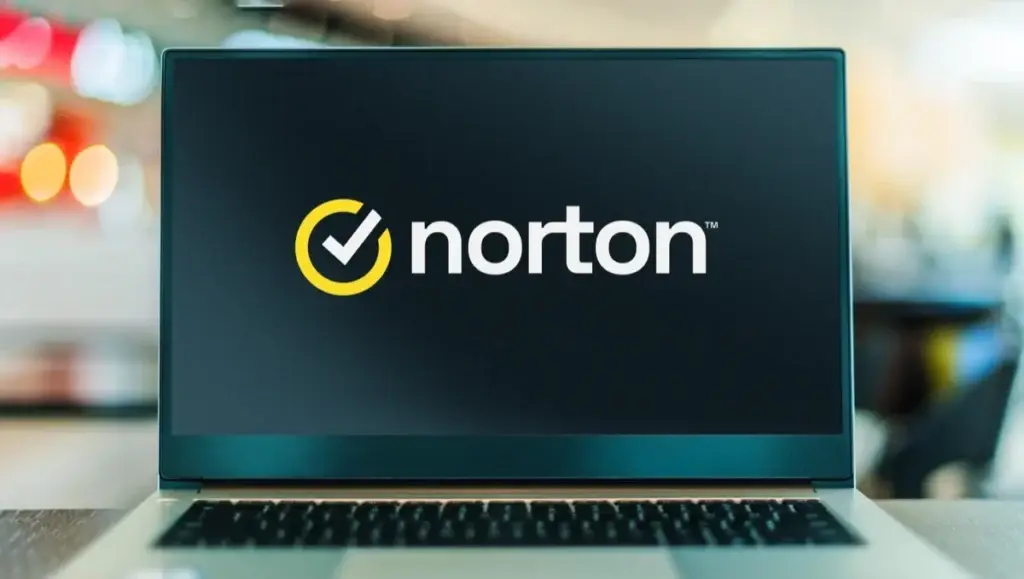
📞 Contacting Norton Safely: What You Must Know
When you need help with your Norton product, it’s critical to ensure you’re speaking with a real Norton support representative—not a scammer pretending to be one.
✅ Official Norton Toll-Free Number (USA): 1-888-843-5571
This is Norton’s legitimate toll-free customer support number for users in the United States. However, even this number should always be verified directly from Norton’s official contact page, which you can find here:
👉 Norton Contact Support— Official Norton Support Page
❗ Why Verification Is Important
Scammers often create fake toll-free numbers that look real but connect you to third-party fraudsters. These bad actors can:
Pretend to be Norton representatives
Trick you into paying for unnecessary services
Gain remote access to your computer
Steal sensitive information like your login credentials or payment details
🚫 Never Call Numbers From These Sources:
Pop-up messages on your screen claiming your device is infected
Emails that warn you about subscription issues or viruses
Random websites that appear after clicking on ads in search engines
Unverified social media posts or messages
Legitimate Norton messages will never ask you to call a number urgently, especially through pop-ups or scare tactics.
🧠 Pro Tip: Use the Norton App for Support
If you have Norton installed, the safest way to contact support is through the official app or your Norton dashboard. This ensures you’re connected to genuine support staff without risking exposure to third-party scams.
📞 Verified Norton Toll-Free Numbers (By Region)
To stay safe from tech support scams, always contact Norton through an official, verified channel. Below are the authentic toll-free support numbers for Norton Ultimate Help Desk, as listed on Norton’s official website:
| 🌍 Region | ☎️ Official Norton Support Number |
|---|---|
 United States & Canada United States & Canada | 1-888-843-5571 |
 Australia Australia | 1800-000-163 |
 New Zealand New Zealand | 0800-664-978 |
 United Kingdom United Kingdom | 0800-028-9038 |
 Ireland Ireland | 1800-81-8089 |
✅ Important Notes:
These numbers are for Norton Ultimate Help Desk—a premium support service offered by Norton.
If you’re unsure which number to call, always visit the official support page:
👉 https://support.norton.com— Official Norton Support PageDo not trust numbers from random search results, pop-ups, emails, or third-party websites.
🧠 Pro Tip: Use your Norton account dashboard or Norton 360 app to request support—this is the most secure way to connect with a real Norton representative.99
🔎 Common Signs of a Norton Tech Support Scam
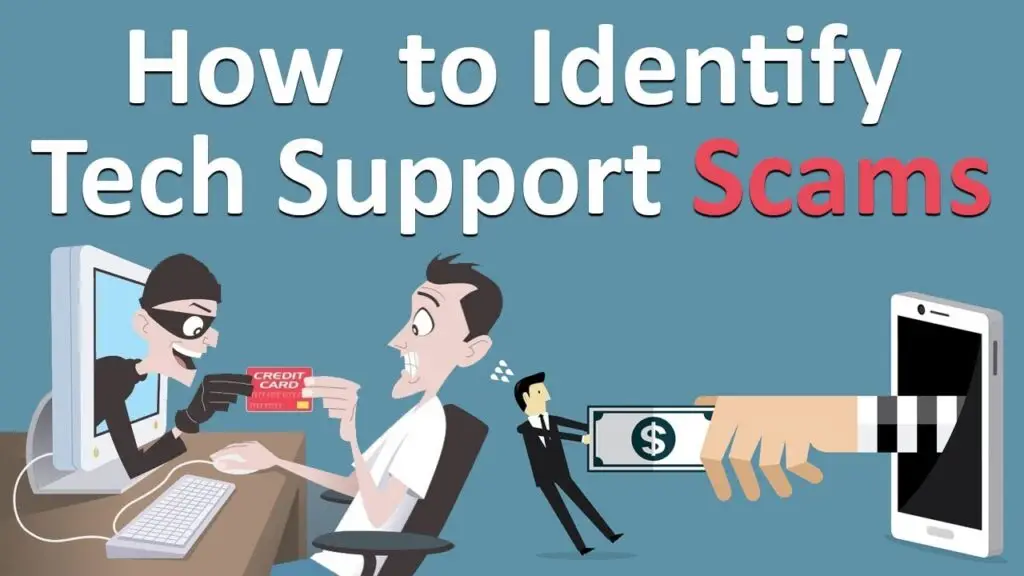
Not all support is trustworthy—scammers often impersonate Norton using convincing language, fake websites, and urgent warnings. Here’s how to recognize a scam before it’s too late.
Below is a quick comparison of red flags to watch for and what legitimate Norton support will never do:
| ⚠️ Red Flag (Scam Behavior) | 🔒 Real Norton Support Never… |
|---|---|
| Pops up messages saying your device is “infected” | Sends virus alerts via browser pop-ups |
| Uses fear, urgency, or aggressive tone | Pressures you or uses scare tactics |
| Asks for remote access right away | Requests remote access without clear consent and verification |
| Demands access to your device without you initiating it | Initiates support sessions—you must request first |
| Asks for payment via gift cards, cryptocurrency, etc. | Only accepts secure, standard billing methods like cards or PayPal |
| Sends you to suspicious URLs (e.g., norton-support-help.xyz) | Always uses a secure norton.com domain only |
⚠️ Red Flags to Watch For
💻 Pop-ups claiming your device is “infected”
😱 Aggressive language, scare tactics, or countdowns
🖥️ Instant requests for remote access
🔓 Demands for access without you asking for help
💳 Payment requests through gift cards or cryptocurrency
🌐 Redirects to shady URLs that don’t end in
norton.com
🔒 Real Norton Support Will NEVER:
Send virus warnings through pop-ups while you browse
Ask for remote access unless you initiated the request
Pressure you with urgency or fear-based messaging
Accept unusual payment methods (gift cards, crypto)
Operate from unofficial domains (e.g.,
norton-tech-support.net)
✅ Always verify you’re on: https://norton.com — Norton’s official website
✅ Contact official support via the app or dashboard
🚨 What to Remember
Scammers are skilled at mimicking Norton’s brand look and language, but there are always subtle differences. If something feels off—trust your instincts. Real Norton representatives are trained to assist, not pressure. They do not use high-pressure sales tactics, and they never demand access to your device unless you’ve initiated the support request through an official Norton platform.
✅ Quick Tips to Stay Safe:
Bookmark and only trust: https://norton.com — Norton’s official website
Never click pop-up warnings that appear while browsing
Always cross-check phone numbers and email links on the official site
👨💻 Who Are the Victims of Norton Tech Support Scams?

Despite increasing awareness, thousands of users still fall for Norton tech support scams every year. These scams are designed to be convincing and manipulative, often targeting people when they are most vulnerable or confused. Let’s take a closer look at who scammers are really after—and how you can help protect them.
🎯 Most Common Targets Include:
👵 Senior Citizens and Elderly Users
Many older adults aren’t familiar with online threats or fraudulent tech support tactics. When they see a pop-up or search for “Norton customer care,” they may unknowingly call fake Norton support numbers listed on scam websites or ads.🆕 New Norton Customers
First-time users who just purchased or installed Norton antivirus are easy targets. They may search online for phrases like:“norton com activate”
“how to contact Norton”
“call Norton support”
Scammers take advantage of these searches with misleading ads and fake activation pages.
💻 Non-Technical Users
People who aren’t tech-savvy are more likely to panic when they see alerts like “Your Norton subscription has expired!” or “Virus detected!”—especially if they’re unsure about the difference between legitimate and fake support.
🚨 Why This Matters
Scammers are targeting keywords that real Norton users actually search, such as:
norton customer care
norton com activate
call Norton support
Norton antivirus help desk number
These users are already seeking help, and that’s what makes them vulnerable.
🙌 How You Can Help
If you know someone who’s not very comfortable with technology—especially older parents, relatives, or friends—share this guide with them. A simple tip like “Never trust pop-up warnings” or “Only call Norton support via their official website” can save someone from being scammed.
🔗 Send them this article, email it, or print it out. Awareness is protection.
🚮 How to Stay Safe When Seeking Support
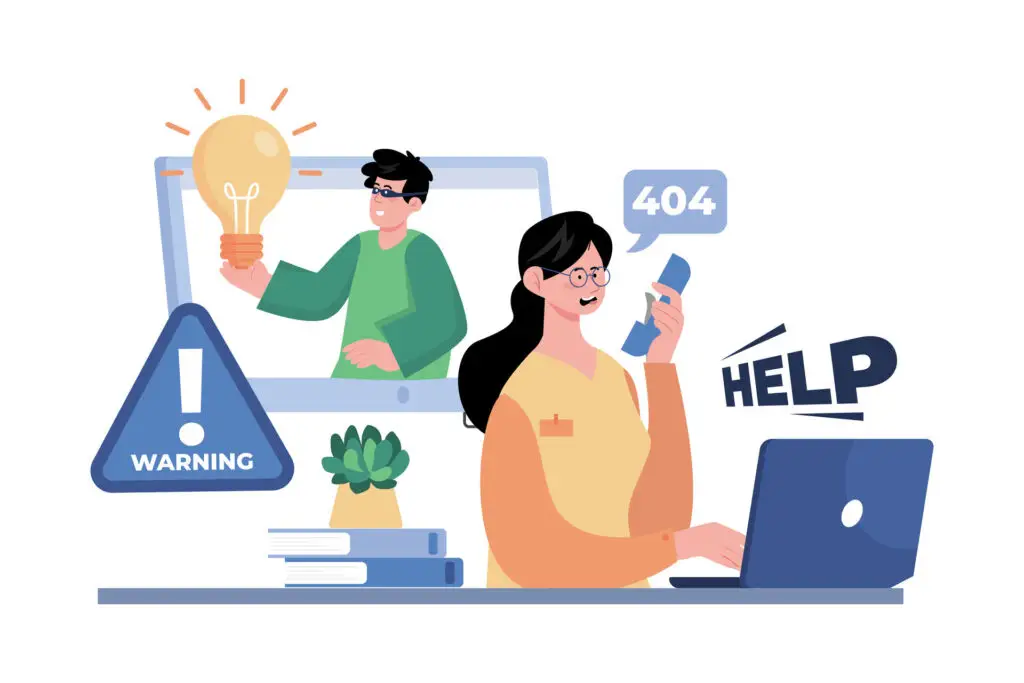
With tech support scams on the rise, it’s essential to take simple yet effective steps to protect yourself—especially when you’re trying to call Norton support or activate your antivirus.
Here’s how you can stay safe and avoid falling into a scam trap:
🔖 1. Bookmark the Official Norton Support Page
Always use the verified support link:
👉 https://norton.com/contact-us — Official Norton Support Page
This ensures you never accidentally click a fake support page or ad.
📧 2. Trust Only Emails from @norton.com
Scammers often send emails that look like official Norton messages. Always double-check the sender’s email address. Real Norton emails will come from domains like:
@norton.com@nortonlifelock.com
If you’re unsure, don’t click any links—go directly to the Norton website instead.
🛡️ 3. Use a Trusted Antivirus with Web Protection
Make sure you’re using a reputable antivirus like Norton 360 or Bitdefender that includes built-in web protection. This helps block:
Malicious websites
Fake support pages
Phishing links pretending to be from Norton
🖥️ 4. Never Allow Remote Access Unless Fully Verified
Scammers will often ask you to install software like TeamViewer or AnyDesk. Never allow anyone to remotely control your PC unless:
You personally contacted official Norton support
You verified the agent and the request through the Norton app or site
If you’re not 100% sure—don’t proceed.
🔍 5. Be Cautious with Google Ads for Tech Support
Many scam websites buy ads to appear at the top of Google when you search terms like:
“Norton customer care”
“Call Norton support number”
“Norton activation help”
These ads can lead to convincing—but fraudulent—pages. Avoid clicking ads and instead scroll down to the real Norton website or use your saved bookmark.
✅ Quick Reminder:
If you ever need help, the safest way to reach Norton is:
Through your Norton account dashboard
Or the official site: https://norton.com— Norton’s official website
By staying cautious and informed, you can safely get support without putting your security—or your wallet—at risk.
🌟 How to Activate Norton Safely (2025)
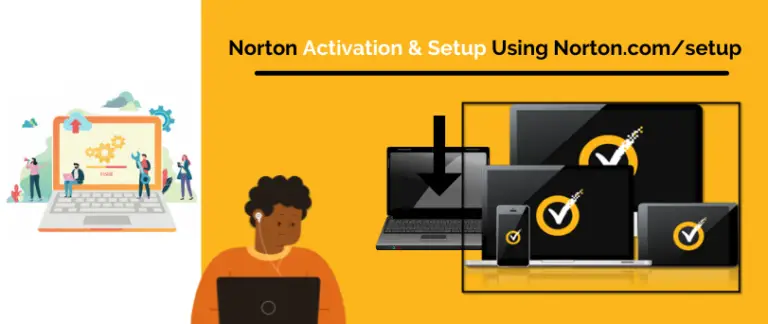
Whether you’re a first-time Norton user or reinstalling your product, following the correct activation process is crucial to avoid scams and ensure your device is fully protected.
Avoid fake setup sites, scam calls, and activation errors with this official step-by-step guide.
Activating Norton properly is critical—not just to secure your device, but to avoid falling victim to common tech support scams that impersonate real Norton pages. Scammers target users who search phrases like “norton com activate”, “how to activate Norton”, or “call Norton support for setup help”—so this guide helps you stay safe and do it the right way.
Here’s a step-by-step guide to safely activate Norton and get started with all its features:
🔗 1. Go to the Official Norton Setup Page
👉 Visit: https://www.norton.com/setup— Norton’s official website
Never search for setup links through ads or pop-ups—this URL is the only safe, official source.
🔐 2. Sign In or Create a Norton Account
Click on “Sign In” if you already have a Norton account. If you’re new, create one using your email and a strong password.
Your Norton account is where you’ll manage your subscriptions, devices, and support access.
🧾 3. Enter Your Product Activation Key
Locate the activation key that came with your Norton product purchase. This could be:
On a card inside the retail box
In your purchase confirmation email (if bought online)
From your reseller or partner (if pre-installed)
Enter the key to register your subscription to your account.
💻 4. Download and Install the Norton App
Once activated, download the appropriate version of the Norton app for your device (Windows, macOS, Android, or iOS).
Follow the on-screen installation steps. It only takes a few minutes.
🛡️ 5. Run a Full System Scan + Enable Key Features
After installation:
🧪 Run a full scan to check for existing threats
🌐 Turn on Norton Secure VPN for private browsing
🔐 Set up Norton Password Manager for secure login storage
These features offer complete digital protection beyond just antivirus.
🛡️ Extra Tips to Stay Protected During Activation:
| 🧠 Tip | 📌 Why It Matters |
|---|---|
| ❌ Don’t search for “call Norton support” | Scammers use fake numbers in ads and pop-ups |
| ✅ Use only norton.com/setup | It’s the only verified site for safe activation |
| ❌ Never allow remote access during setup | Norton doesn’t need remote control to activate your product |
| ✅ Keep your activation key private | Sharing it may result in license theft or scam |
🚨 What to Do If You’ve Been Scammed
If you’ve already shared your key or gave access to your PC:
Disconnect your device from the internet
Run a full antivirus scan immediately
Change your Norton account password
Contact official Norton support at https://support.norton.com— Official Norton Support Page
⚠️ Pro Tip:
Avoid websites or services that ask for your activation key or remote access to help you set up Norton. If you need help, only contact support via:
👉 https://support.norton.com— Official Norton Support Page
By activating Norton the right way, you’re protecting your system—and your personal data—from both malware and tech support scams. Stay secure in 2025 by keeping things official, simple, and scam-free.
💬 Real Customer Experiences (2025 Testimonials)
You’re not alone. Thousands of Norton users encounter tech support scams each year. These real stories show how easy it is to fall for a scam—and how awareness can stop it in its tracks.
🧑💻 Jennifer L., California
“I almost fell for a fake Norton popup. It looked legit and said my device was infected. I was about to call the number, but something felt off. I searched for ‘Norton customer care’ and noticed the real site was Norton.com—not what the popup showed. I called the real number, and the rep told me it was a scam. Saved my PC from disaster!”
📌 Lesson: Always visit https://norton.com— Norton’s official website directly—never trust pop-ups or browser warnings.
👨 Frank T., Florida
“A scammer with a thick accent asked me to pay in crypto to ‘renew my Norton protection.’ I was confused, but I remembered reading not to trust unusual payment requests. I hung up and called Norton support directly through the app. Please be careful—these guys sound very professional!”
📌 Lesson: Norton will never ask for payment in crypto or gift cards. Always call Norton support from verified channels only.
👴 Margaret R., Texas
“My grandson bought Norton 360 for me. A few days later, I saw a big red warning on my laptop saying ‘Your Norton subscription has expired.’ It told me to call a toll-free number. Thankfully, my daughter checked the official site and realized it was fake. I was this close to giving them my bank details!”
📌 Lesson: Pop-up messages are not how Norton communicates with users. Elderly users are especially at risk—share this article with your loved ones.
👨💼 Ramesh K., New Jersey
“I work in IT and even I got fooled for a second. The scam website used the exact Norton colors and branding. The difference? The domain ended in
.help-center.netinstead ofnorton.com. I double-checked and avoided a massive mistake.”
📌 Lesson: Look closely at the website URL. Only trust domains that end in norton.com.
👩 Emily S., Washington
“I bought Norton from Amazon and tried to activate it by searching ‘norton com activate’. The first link I clicked took me to a support site that asked me to download software. They wanted remote access. Red flag! I stopped right there and followed the official setup guide instead.”
📌 Lesson: Avoid ads in search results—only go to the official activation page: https://norton.com/setup— Norton’s official website
🔐 Why Testimonials Matter
Real stories create real awareness. Scammers are targeting:
First-time Norton users
Elderly people
Anyone searching phrases like “call Norton support” or “Norton help desk number”
By sharing these experiences, you help others spot red flags before it’s too late.
📢 Want to help others stay safe?
Copy and share this post with your family or friends—especially those who might not know how tech support scams work. A few minutes of awareness can prevent months of damage.
❓ FAQ – Norton Customer Support Scams
🔐 What is a Norton customer support scam?
A Norton customer support scam is a fraudulent attempt by cybercriminals to trick users into thinking they are communicating with official Norton representatives. These scammers often use pop-ups, fake emails, or search ads to lure users into calling a fake “Norton support” number. Once connected, they may:
Ask for remote access to your device
Demand payment via gift cards or crypto
Install malware or fake antivirus software
Steal your personal or financial information
🧠 How do scammers get my number or email?
Scammers use multiple tactics:
Fake websites that resemble Norton’s official site
Phishing emails pretending to be Norton renewal alerts
Pop-up ads triggered by visiting unsafe or hacked websites
Purchasing data from shady marketing companies
🛑 How can I tell if I’m being scammed?
Look out for these red flags:
You’re asked to call a toll-free number shown in a pop-up or email
The “agent” becomes aggressive or pushes for payment
You’re told your device is infected without scanning it
You’re asked to pay using cryptocurrency, gift cards, or wire transfers
You’re prompted to install remote control apps like AnyDesk or TeamViewer
✅ What should I do if I think I’ve contacted a scammer?
Disconnect immediately — hang up or close the remote session.
Do not provide any personal or payment details.
Run a full antivirus scan using a trusted tool like Norton 360 or Malwarebytes.
Change your passwords, especially for sensitive accounts (email, banking, etc.).
Report the incident to Norton at norton.com-Norton’s Official website or call their official support number (listed on their verified site).
🔎 Where can I find Norton’s real customer support?
Only trust:
Norton.com (never click on ads or popups claiming to be Norton)
The official toll-free number listed on their website
Norton account portal: my.norton.com-Norton’s Official website
Avoid using numbers found via Google or Bing ads — scammers often buy ads to appear at the top of search results.
💡 Bonus Tip: How to stay safe?
Bookmark Norton’s official website
Use ad blockers and anti-phishing browser extensions
Never allow remote access unless you’re 100% sure it’s Norton
Educate family members, especially seniors, about these scams
🚀 Final Advice from AntivirusFacts.com
Only trust:
Norton.com (never click on ads or popups claiming to be Norton)
The official toll-free number listed on their website
Norton account portal: my.norton.com-Norton’s Official website
Avoid using numbers found via Google or Bing ads — scammers often buy ads to appear at the top of search results.
💡 Bonus Tip: How to stay safe?
Bookmark Norton’s official website
Use ad blockers and anti-phishing browser extensions
Never allow remote access unless you’re 100% sure it’s Norton
Educate family members, especially seniors, about these scams
Related Articles:
